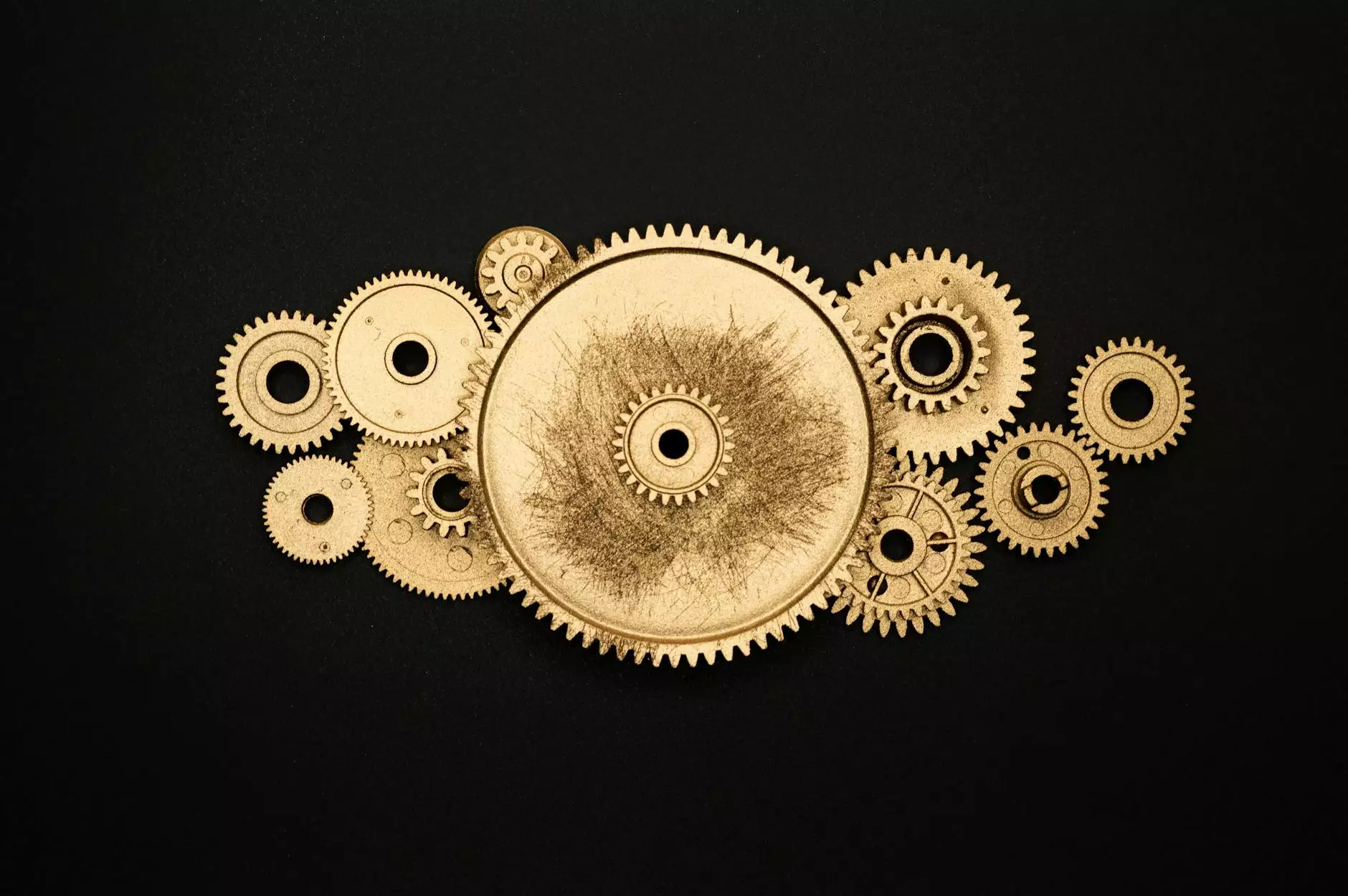Engineering Fun with Gears!

Introduction to Gears and Engineering
Gears play a vital role in various mechanical systems, from simple machines to complex industrial machinery. At The Knowledge Nest, we believe that learning about gears is not only educational but also immensely enjoyable. In this article, we will delve into the world of engineering with gears, exploring their fascinating concepts, applications, and benefits.
The Basics of Gears
Gears are toothed mechanical components that transmit power and motion between rotating shafts. They come in different shapes and sizes, with a wide range of applications across numerous industries. Understanding the basics of gears is essential to comprehend their functionality and the principles behind their design.
Gear Types and Configurations
There are several types of gears commonly used, each with its unique characteristics and applications. Some of the most popular types include:
- Spur Gears: These gears have straight teeth and are best suited for applications that require parallel shaft rotation.
- Helical Gears: Helical gears have angled teeth, resulting in smoother and quieter operation compared to spur gears. They are commonly used when transmitting power between non-parallel shafts.
- Bevel Gears: Bevel gears have conical-shaped teeth and are used to transmit motion between intersecting shafts at right angles.
- Worm Gears: Worm gears consist of a worm (a gear in the form of a screw) and a worm wheel. They are commonly used when large gear reductions are required.
The Gear Train System
A gear train is a combination of two or more gears working together to transmit motion and power. By understanding the principles of gear ratios, engineers can design gear train systems that optimize speed, torque, and rotational direction. Mastering the design and analysis of gear trains is crucial in various engineering disciplines.
Applications of Gears
Gears are used in a wide range of applications across various industries. Let's explore some common examples:
Automotive Industry
Gears are extensively used in automotive transmissions, allowing for smooth shifting between gears and efficient power transmission from the engine to the wheels. Different gear arrangements, such as manual, automatic, and continuously variable transmissions, provide unique driving experiences.
Industrial Automation
In industrial automation, gears are essential components in machinery, such as conveyor systems, robots, and manufacturing equipment. Precise and reliable gear systems enable precise control of movement and ensure smooth operations within the production environment.
Wind Turbines
Gears play a crucial role in wind turbine systems, where they convert the rotational motion of the wind turbine blades into electricity. These gears require high efficiency and durability to withstand the harsh environmental conditions and provide a reliable source of renewable energy.
Clocks and Watches
From traditional clocks to modern electronic watches, gears are the heart of timekeeping mechanisms. Precisely designed gear arrangements allow for accurate timekeeping and smooth movement of the clock or watch hands.
The Benefits of Gears
Gears offer numerous advantages in mechanical systems, making them indispensable for engineers and designers. Some key benefits of gears include:
- Power Transmission: Gears enable the transmission of power from one component to another with varying rotational speeds and torques.
- Mechanical Advantage: By utilizing different gear ratios, engineers can achieve mechanical advantage, allowing for increased force or speed output depending on the system requirements.
- Precise Control: Properly designed gear systems provide precise control over motion, allowing for accurate positioning or speed regulation.
- Efficiency and Durability: Gears that are precisely engineered and well-maintained offer high efficiency and longevity, minimizing energy losses and reducing system downtime.
Join The Knowledge Nest Community and Embrace Engineering
At The Knowledge Nest, we are passionate about promoting educational initiatives and fostering a love for engineering. By exploring the world of gears, you are taking the first step towards a fulfilling journey in the field of STEM (Science, Technology, Engineering, and Mathematics).
Join our vibrant community of learners, educators, and enthusiasts. Expand your knowledge, connect with fellow gear enthusiasts, and unlock your true engineering potential. Together, we can make a difference in the world of gears and beyond.
Start your engineering adventure with The Knowledge Nest today!










